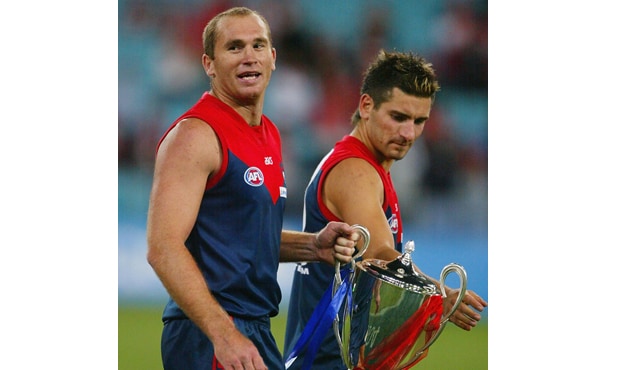As Melbourne heads to Darwin in Round 17 to take on Darwin, note can be taken of the many and diverse locations in which the side has played over its time in the game. While the MCG is at the heart of Melbourne’s playing life, the world really is its oyster.
Olympic Park – George Margitich
While the ground adjacent to the MCG – the East Melbourne Cricket Ground – had been the venue for Melbourne’s 1900 premiership win, there were no long lived alternatives in the heart of the MCG precinct. One temporary move was made by Melbourne in the early part of 1932. Forced to play three home games at the Motordrome (Olympic Park) in Swan Street, Richmond, while the MCG was receiving fertiliser treatment, the team played three home games there – and lost all of them. George Margitich was one of those to play in all three games, and kicked the most goals of any individual to play at the venue.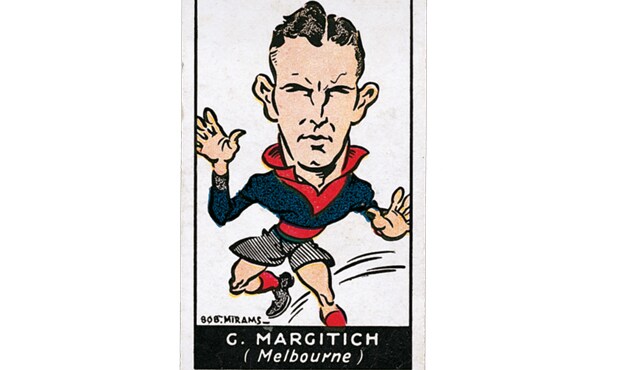
North Hobart – Bob McKenzie
Having been forced into deserting its home ground for wartime occupation by American Marines and RAAF personnel, Melbourne – having adopted Punt Road Oval ‘for the duration’ - clung tightly to the MCG from 1946 onwards, reaping the rewards with the 1948 premiership. Times were a little tougher by the 1952 season and a regional fixture in Round 8, when Melbourne met – and lost to – Fitzroy at North Hobart. While the 20 point loss was an unhappy end to the day, Bob McKenzie redeemed it somewhat with his four goals, second only to Fitzroy’s Tony Ongarello with seven.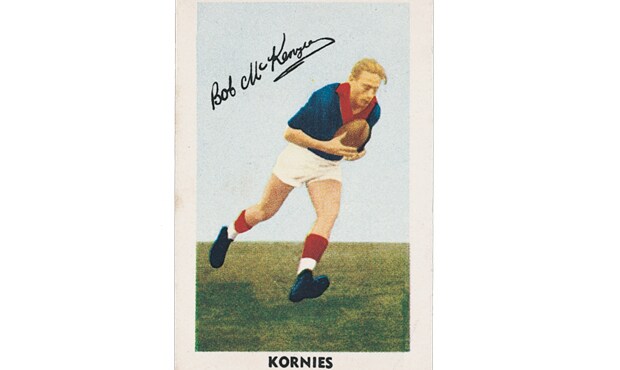
Coburg – ‘Checker’ Hughes
After playing and winning in an exhibition competition against Geelong in Honolulu in 1963, Coburg beckoned as a somewhat less exotic venue in Round 13, 1965. However, it was at least as memorable, if not more so, than the US adventure. Playing against North Melbourne, this was Melbourne’s first and last match at the ground. It was the week after Norm Smith’s sacking, with the legendary ‘Checker’ Hughes stepping into the breach. The result – a 21 point loss for Melbourne – saw the Demons drop out of the top four for the first time that season, on the way to missing the finals for the first time since 1954. Coburg was indeed a memorable venue.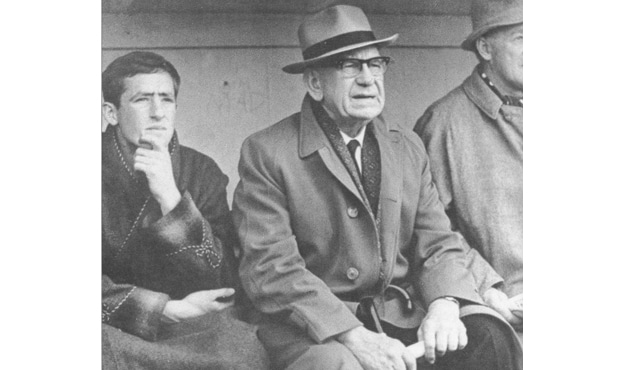
Toronto, New Zealand, London, Shanghai – Melbourne
While the Demons had set the world scene decades earlier, it was only in the late 1980s that the team’s pre- and post-season schedules started to look, on occasion, like an international departure board. In 1989, they won the title of World Champions after winning the Foster’s Cup Series in Toronto and London, while in 1998, a pre-season game against Sydney in Wellington resulted in another victory and the emergence of newcomer Travis Johnstone. After a Grand Final appearance in 2000, Melbourne took on – and defeated – Adelaide in London. In the most recent adventure – a 2010 trek to China – Melbourne once again proved victorious, playing and defeating Brisbane in Shanghai.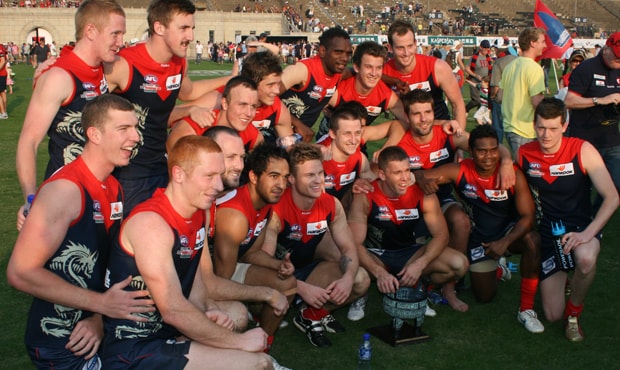
Stadium Australia – David Neitz
Back home, Stadium Australia – now ANZ Stadium – exemplifies the expansion of the competition to new local frontiers. Originally built for the 2000 Sydney Olympic Games, the ground has hosted AFL matches since 2002. Melbourne has played there just once, on the eve of Anzac Day in 2004, taking on the Swans. In a tough encounter, the Demons emerged victorious, thanks in large part to captain David Neitz’s six goals. With a total of 6.2 to his credit, he holds the honours to this day for the most goals kicked at the venue, no matter what identity it carries.